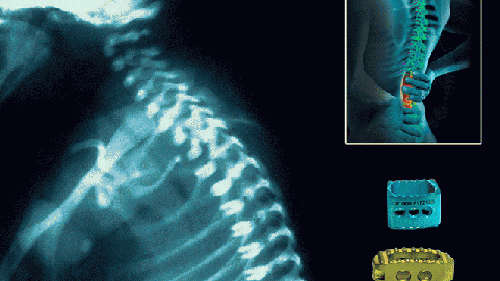
Scientists have used a new flexible implant to allow paralyzed rats to walk again, paving the way for new therapies for people with spinal cord injury. The e-Dura implantdeveloped by Swiss Federal Institute of Technology Lausanne (EPFL) scientists can be applied directly to the spinal cord without causing damage and inflammation.
EPFL scientists have managed to get rats walking on their own again using a combination of electrical and chemical stimulation. But applying this method to humans would require multi-functional implants that could be installed for long periods of time on the spinal cord without causing any tissue damage, researchers said. The implant developed by the teams of professors Stephanie Lacour and Gregoire Courtine is designed specifically for implantation on the surface of the brain or spinal cord.
Flexible and stretchy, the implant developed at EPFL is placed beneath the dura mater, directly onto the spinal cord. Its elasticity and its potential for deformation are almost identical to the living tissue surrounding it. This reduces friction and inflammation to a minimum. When implanted into rats, the e-Dura prototype caused neither damage nor rejection, even after two months. The researchers tested the device prototype by applying their rehabilitation protocol- which combines electrical and chemical stimulation-to paralyzed rats.





